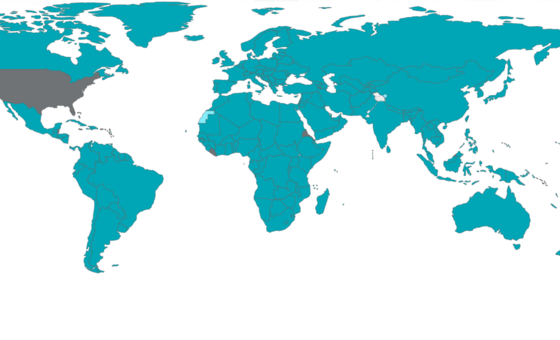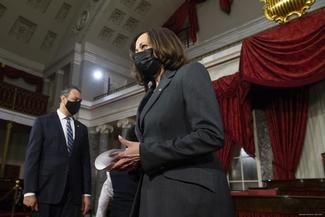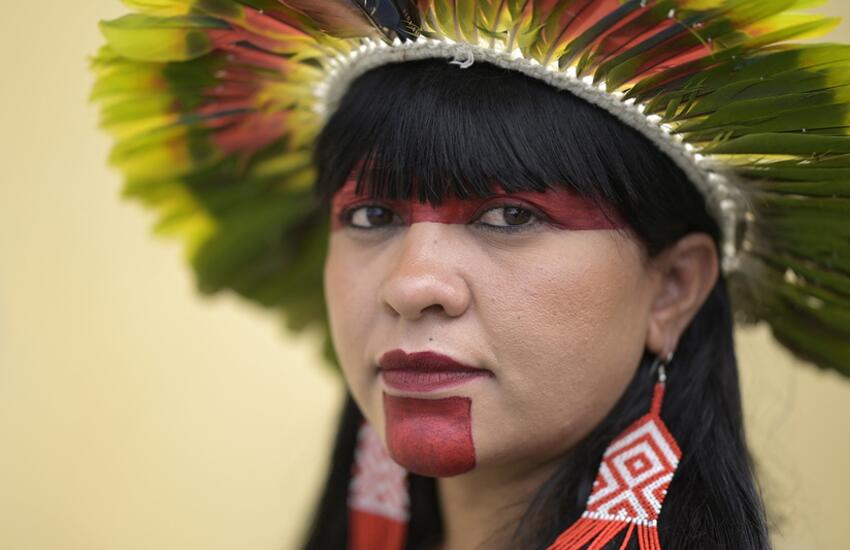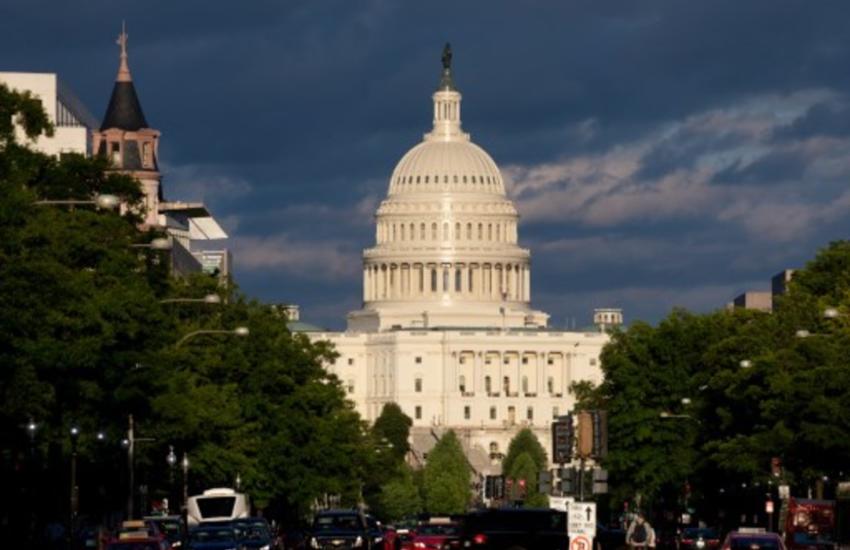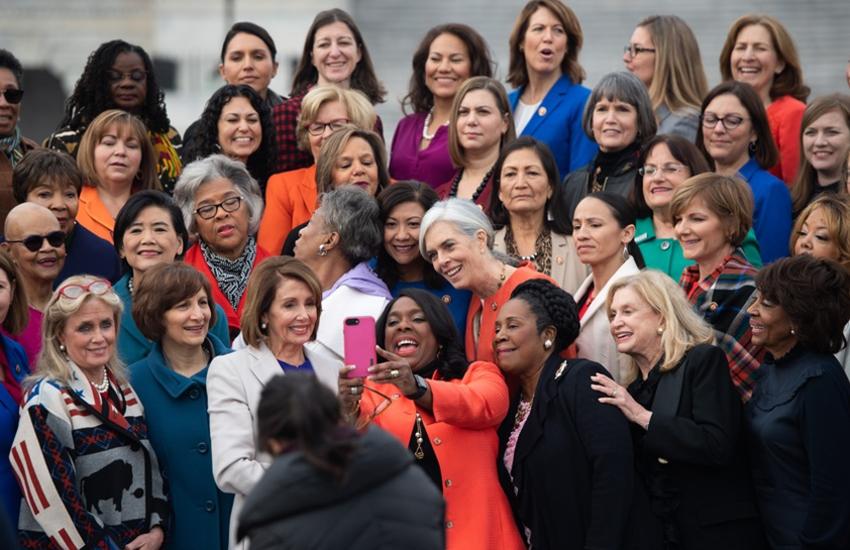2020 was a milestone year for women in politics in the US. The country saw the highest numbers of women entering Congress and the executive in its history.
Progress built on the midterm elections in 2018, and women now occupy 26.9 per cent of seats in Congress. This figure represents a 50 per cent increase from a decade ago, but the US still has a long way to go to reach parliamentary gender parity or even the regional average of 32.4 per cent in the Americas.
For the next two years, women will occupy 119 of the 435 seats in the lower chamber, the House of Representatives. This surpasses the previous record of 102 set in 2019, moving the US up from 82nd to to 67th in the IPU world ranking of women in parliament.
Of these women parliamentarians, 89 are Democrats and 30 are Republicans. Forty percent of this total, or 48 members, are women of colour – four more than the previous record. Within the ranks of women of colour, 43 are Democrats and five are Republicans. Additionally, four non-voting Delegates, representing the District of Columbia, Puerto Rico, American Samoa and the Virgin Islands, are women of colour.
In the 100-seat upper chamber, the Senate, 24 women are currently serving – 16 Democrats and eight Republicans. Three of these women Senators are women of colour, all Democrats.
The partisan divide
The numbers reveal a persistent partisan gender gap. There are nearly three times more women Democrats than Republicans in the House, and double the number of women in the Senate who are Democrats. This partisan gender division hasn’t always looked this way. Until the late 1920s, most of the dozen women elected to the House were Republicans, and for several decades afterwards the two parties were generally close in numbers in the lower chamber. But the gap began to widen in the 1970s and has stayed that way. Of the 232 women elected to the House since 1992, 157 (68 per cent) have been Democrats. In the Senate, 27 of the 42 women (64 per cent) who have served in that same period have been Democrats.
The partisan gender gap also exists for women of colour: the Republican Party has roughly one-tenth the Democrats’ number. Republican women are less likely to have access to social, recruitment and fundraising networks of the kind that support Democratic women candidates. However, the Republicans recently created several fundraising vehicles for women, including the Elevate Political Action Committee (E-PAC) and the Winning for Women super PAC.
Kamala Harris ascends
On 20 January 2021, Kamala Harris was sworn in as the United States' first female Vice President, the highest-ranking female official in US history, and the first African American and first Asian American to attain that position. A member of the Democratic Party, she served as a United States Senator from California from 2017 to 2021. In becoming Vice President, she had to vacate her Senate seat, one of the two seats dropped from the record total of 26 women senators last year. However, as the Vice President can cast the deciding vote in the Senate, which is currently split 50-50 between Democrats and Republicans, her new role places her in an even more powerful position.
Speaker Nancy Pelosi consolidates her power
The Democrat Nancy Pelosi is the dean of California's congressional delegation, beginning her 18th consecutive two-year term in 2021, having first been elected in 1987. Pelosi has led the House Democrats since 2003 — the first woman ever to lead a party in Congress — serving twice both as House Minority Leader (2003–2007 and 2011–2019) and as Speaker (2007–2011 and since 2019). Nancy Pelosi is the only woman in US history to serve as Speaker of the House of Representatives, and until the election of Kamala Harris as Vice President – who thus also became President of the Senate– she was the most powerful woman legislator in the US for eighteen years, spanning 2003–2021.
The Squad expands
One group that has had much influence on recent US politics is the so-called “Squad”. First elected to the US House in 2018, the original Squad consisted of Alexandria Ocasio-Cortez of New York, Ilhan Omar of Minnesota, Ayanna Pressley of Massachusetts and Rashida Tlaib of Michigan.
In 2020, each of the four women easily won their re-elections, garnering more than 60 per cent of the respective votes. In 2020, the Squad grew to six members, including one man, with the election of two more persons of colour holding similarly progressive views – Jamaal Bowman of New York and Cori Bush of Missouri. Both Mr. Bowman and Ms. Bush credited the Squad for inspiring them to run for office.
With an average age of 41, more than 15 years younger than the overall House average of 57 years, the Squad is a social media-savvy group, represents the demographic diversity of a younger political generation and advocates policies such as the Green New Deal, sometimes clashing with their party's leadership.
Find out more about Women in Parliament in 2020.


